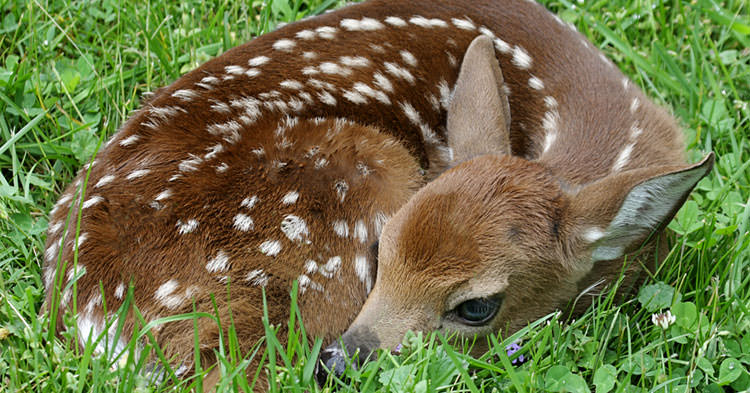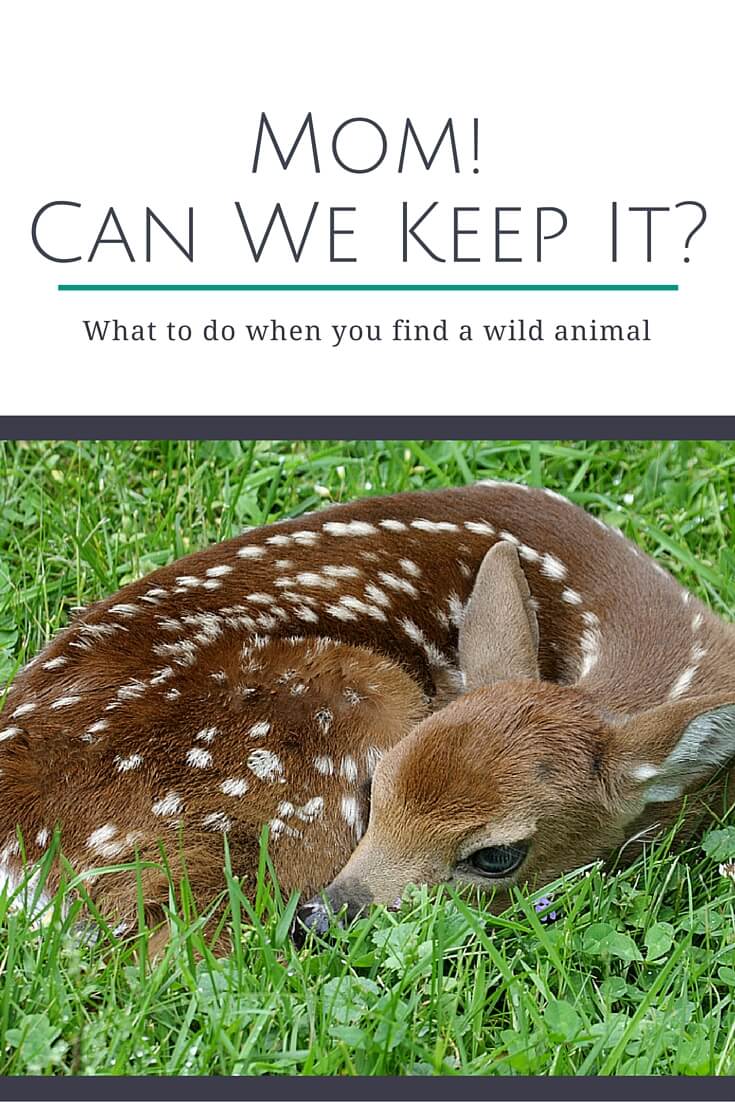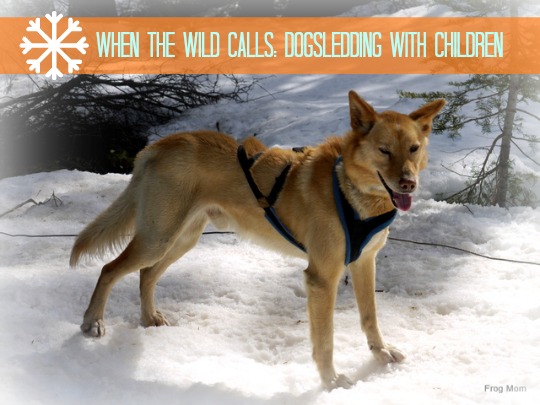Mom! Can We Keep It?

MOM, MOM! CAN WE KEEP IT?
If you’re a parent – you’ve heard these words: “Mom, can we keep him? I PROMISE I’ll do all the work; I’ll feed him and clean his cage and everything. Oh boy, Mom, please?”
This is actually a great teaching moment for children. Teach them respect for other living things, teach them to be selfless and help them understand that although the animal is cute, it can be selfish and actually harmful to the animal to keep it in captivity. Teach empathy, kindness and not to kill something simply because it’s smaller, bigger, quicker or scary or different.
Research what to do together. Plan a trip back to where the animal was found and make it a ‘mission’ to get it back to its own home. Let your child help gather grass to cover that baby fawn back up and discuss how he/she is actually assisting in a possible reunion with its family. Explain that animals care for their babies in their own way, just as humans do. Make it an adventure and you will avoid all the tears which usually accompany, “No, honey, I’m sorry. We cannot keep him.”
Here’s a quick guide of what-to-do and not-to-do if you or your kids should find one of these commonly ‘discovered’ animals.
TURTLES
If you find turtles in a safe place, leave them there.
If you find a turtle in the road, it’s usually best to just help them across safely and release them in the direction that they were going. Being safe around traffic is always important for turtle rescuers as well!
If you see turtles on their backs at the side of the road, carefully turn them over and put them well away from the traffic. Gently put them on nice flat areas of grass or dirt facing in the same direction they were going; avoid rocky places and ditches.
Long-tailed turtles might be snapping turtles and they can bite. They can be safely moved out of the street with a long-handled shovel but be sure to be very gentle. Turtle Survival Alliance
RABBITS
Baby rabbits found alone in a nest are usually not orphans. Mothers feeds baby rabbits only twice a day—at dawn and dusk. Baby rabbits leave the nest when they’re 3 weeks old and about the size of a chipmunk. If you find a chipmunk-sized but fully-furred rabbit with eyes open, ears erect, and the ability to hop, she is meant to be on her own. As small and helpless as she may look, she’s not an orphan and doesn’t need your help.
If a nest has been disturbed, put it back together and cover the baby/ies with the grass that originally covered them. To check if the mother is coming to care for them, place several lengths of yarn (small branches work, too) in a grid pattern over the nest. If the grid is disturbed after the next dawn or dusk, the mother is still caring for the youngsters. Humane Society
FAWNS
Deer typically give birth between May and June. After they are born, fawns are unable to follow their mothers for the first two weeks of life. So, to avoid attracting predators to her baby, a mother may only return a few times a day to nurse the young deer.
If you find a baby fawn and believe that is has been orphaned, there are some important steps to follow.
If the fawn is lying quietly and appears uninjured, leave it alone. It is normal for a mother deer to leave her baby alone for periods of time. The fawn will typically lie quietly in vegetation waiting for her to return. Remember that the mother deer will be wary of you, so your presence in the area could discourage her from returning. Leave the area.
Don’t touch the fawn. If you have already handled it, find a towel, rub it in the grass, and wipe the fawn down to remove your scent. Don’t move the fawn. If you have moved it, return it to its original location, unless the area is unsafe. If the fawn is dangerously close to a road, move it to the side. SPCA
BIRDS
Many species of birds such as robins, scrub jays, crows and owls leave the nest and spend as many as 2-5 days on the ground before they can fly. While they are on the ground, the birds are cared for and protected by their parents and are taught vital life skills (finding food, identifying predators, flying).
If you are concerned that a bird fell from its nest too early, you may try and return the bird to its nest. If the nest has been destroyed or is unreachable, you may substitute a strawberry basket or small box lined with tissue and suspend it from a branch near to where you believe its nest is located. Adult birds are cautious after any type of disturbance and it may take several hours before they approach the nestling. During this period, it is essential that humans not approach the nestling.
Fledglings are typically fully feathered, with a short tail and wings. They are able to walk, hop and flap, and they may attempt short flights, but are still being cared for by the parents. If you find a fledgling, it should be left alone or at the most placed in a nearby shrub. Audubon – Baby Birds
SNAKES
Snakes instill a deep-rooted fear in many people that few other animals can match.
However, there’s no justification for the persecution of these animals and the acts of violence often committed when even the most harmless of them is sighted. Snakes suffer greatly from changes in their habitat.
Most encounters with snakes are passing, but when one does occur, be sure to:
Leave the snake alone.
If you are able, identify the snake. (Take a pic and Google).
All outdoor (even in your yard) encounters with nonvenomous snakes should be resolved by letting the animal go its own way, most likely to never be seen again.
Venomous snakes are another matter. If you encounter a venomous snake in your yard, take it seriously. The snake should be removed by a professional to ensure that no one, including pets, gets hurt. Note: This does not mean the snake has to be killed. In many places, you can call animal control or local police or fire departments to remove the snake. Humane Society
Of course, if you determine the animal is injured or harmed in any way, contact your local Humane Society for help.
Also, be wary of animals exhibiting peculiar behavior such as snapping or biting at invisible things or seeming completely unafraid of humans. These are symptoms of rabies. Here’s a helpful link on the symptoms of rabies and what to do if you encounter an animal you believe to be infected.
Humane Society – Rabies
*NOTE – Personally, I have seen far too many snakes killed instantly by people who are simply afraid and/or making the assumption all snakes are bad. Most snakes are not venomous. This does not mean you should not be cautious, but do not jump to conclusions. Just because they aren’t cute and cuddly doesn’t mean they should be killed. Snakes are a very important component of our eco-system and should be treated with caution and respect.
READ MORE IN THE BACKYARD
PIN IT FOR LATER:









